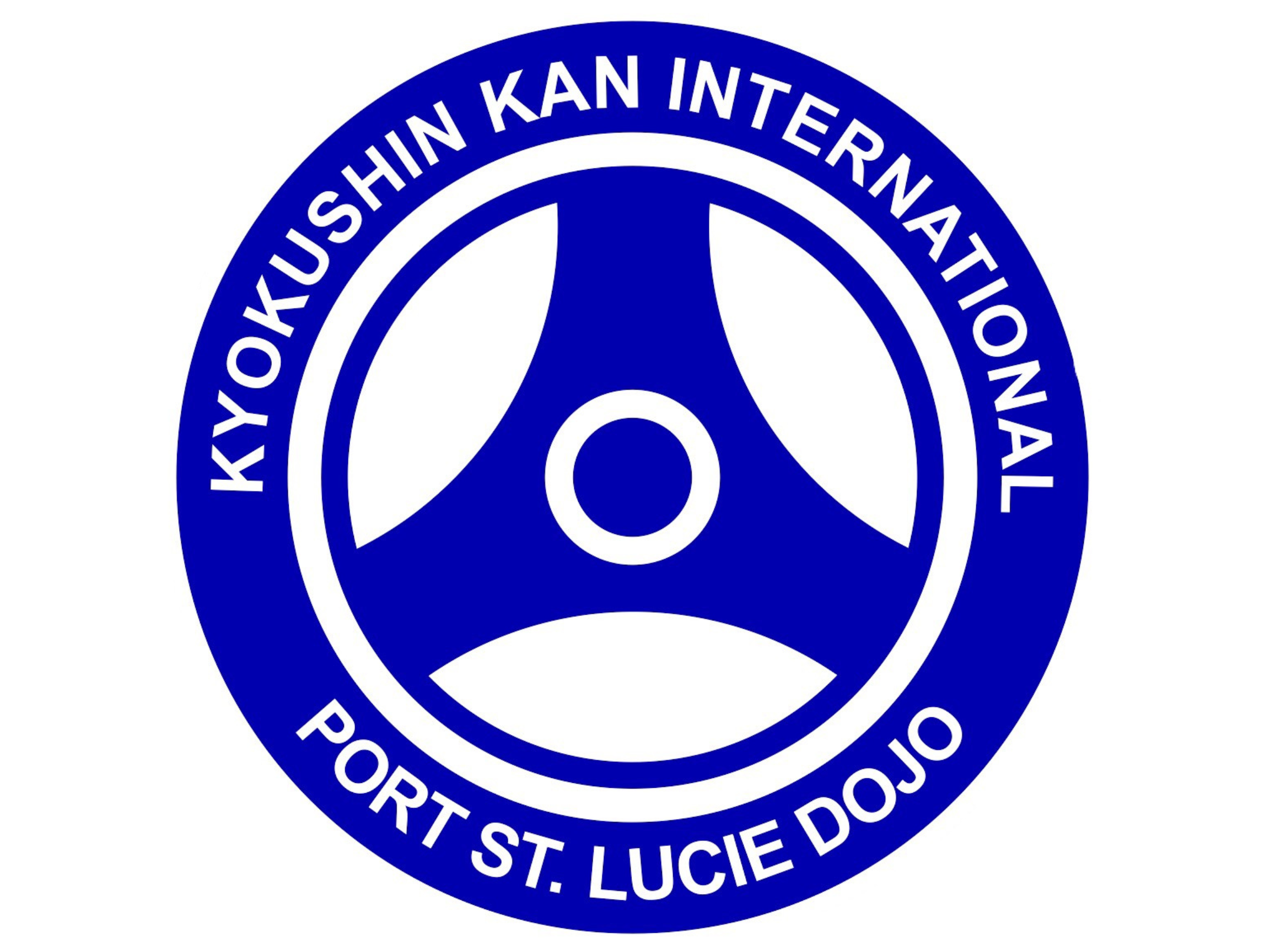KYOKUSHIN was founded by Mas Oyama. Sosai (founder) Oyama traveled from his native Korea, to China and finally to his adopted country of Japan, studying the martial arts.
The styles at the time offered serious classical practice of time-honored technique, but little practical application opportunities. It was Oyama’s belief that in order to know oneself and one’s own strengths and weaknesses, one had to know a real fight.
His KYOKUSHIN IDEAL, the philosophy that all his students practice to this day is as follows:
In 1953, Masutatsu “Mas” Oyama opened “Oyama Dojo,” in Tokyo but continued to travel around Japan and the world giving martial arts demonstrations to spread the word of his art and popularize his would-be style. His infamous demonstrations included the fighting and killing of live bulls with his bare hands. He became known as “Bull-Killer” and several films, ‘manga’ and folktales were based on his life story.
Oyama’s first dojo was located outdoors in an empty lot but eventually moved into a ballet school in 1956. Oyama’s own curriculum quickly developed a reputation as a tough, intense, hard hitting but practical style which was finally named “KYOKUSHIN”, meaning The Ultimate Truth, or True Way.
Kyokushin Karate = Budo Karate
What is Kyokushin karate? To some, it is a way to develop and maintain physical strength and learn effective self-defense techniques. To others, it is much more than that. Kyokushin karate is a way of life that transcends the physical aspects of training. Kyokushin karate is Budo Karate.
The philosophy of Budo is evident in the name that Mas Oyama chose for his karate style, Kyokushin which means “Ultimate Truth”. It is also reflected in the Training Hall Oath (Dōjō Kun, in Mas Oyama’s Eleven Mottos and in the Spirit of Osu.
The essence of Budo Karate cannot readily be depicted by reading a few paragraphs; Budo must be experienced. However, one can get a glimpse of its meaning by looking at the origin of the martial arts and its relationship with Eastern philosophies, and by examining the words “Karate” and “Budo” themselves.
Karate
The modern definition of the word Karate is “Empty Hand”, which is spelled with the following Kanji characters:
- Kara meaning “Empty”
- Te meaning “Hand”
However, the “Empty Hand” definition not been in use for much more than 100 years.
Martial arts in Okinawa were originally known simply as Te meaning “Hand” (pronounced Di or De in Okinawan). Different “styles” were distinguished by the locations where they were practiced:
- Shurite in the old capital city of Shuri (pronounced Suidi in Okinawan).
- Nahate in the Naha area (Nafadi in Okinawan).
- Tomarite in the village of Tomari (Tumaidi in Okinawan).
Because of the influence Chinese kempo, Okinawan martial arts over time became known as “China Hand”, spoken as Tote, Todi or Tode, and spelled with the following Kanji characters:
- Tō meaning “China”, and
- Te meaning “Hand”
The Kanji character To can also be pronounced as Kara, so the word for “China Hand” was sometimes spoken as Karate.
At some point in time, the Kanji character for Kara meaning “China” was changed to the character meaning “Empty”. (The “Empty” character Kara is also pronounced Ku, as in Kankū.) The earliest known written designation of Karate using the “Empty” character was by the Okinawan master Chomo Hanashiro (1869-1945) in Karate Shōshū Hen (also known as Karate Kumite), which was first published in 1905.
“Empty Hand” did not immediately gain acceptance, and “China Hand” was still used for the next few decades, especially in Okinawa. Gichin Funakoshi, the Okinawan master who brought karate to Japan and developed what is now known as Shotokan karate (one of the styles from which Kyokushin was derived), used the “China Hand” characters in his first book, Ryūkyū Kempō Tōde , published in 1922. Funakoshi later used the “Empty Hand” ones in the 1935 book Karatedō Kyōhan . In 1936, the Okinawan karate masters officially adopted the change in the Kara character from “China” to “Empty”.
Gichin Funakoshi believed that “Empty Hand” better described the meaning of Karate:
The Kara that means “Empty” is definitely the more appropriate. For one thing, it symbolizes the obvious fact that this art of self-defense makes use of no weapons, only bare feet and empty hands. Further, students of Karatedo aim not only toward perfecting their chosen art but also toward emptying heart and mind of all earthly desire and vanity. Reading Buddhist scriptures, we come across such statements as “Shikisokuzekū” and “Kūsokuzeshiki” which literally mean “Matter is void” and “All is vanity.” The character Ku, which appears in both admonitions and may be pronounced Kara, is in itself truth.
